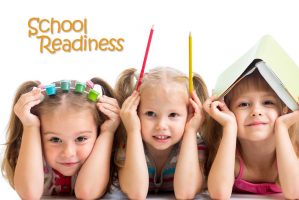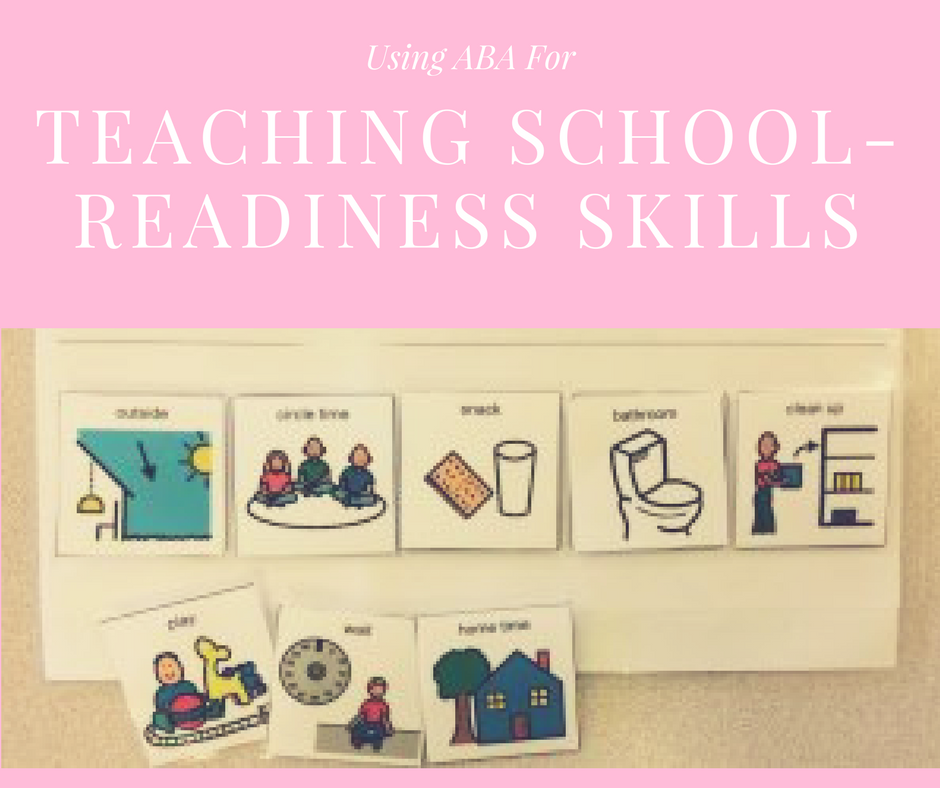 We know that an ABA program has been successful when we put ourselves out of a job. As difficult as it is to say good-bye to clients and parents that we’ve been working with for so many years, we know that we served them well if the child has successfully transitioned to school and doesn’t need ABA anymore. This is not the case for every child, each student is on their own learning trajectory. But for the students who are on their way into the classroom, we work hard to prepare them with school-readiness skills that they’ll need in their new environment.
We know that an ABA program has been successful when we put ourselves out of a job. As difficult as it is to say good-bye to clients and parents that we’ve been working with for so many years, we know that we served them well if the child has successfully transitioned to school and doesn’t need ABA anymore. This is not the case for every child, each student is on their own learning trajectory. But for the students who are on their way into the classroom, we work hard to prepare them with school-readiness skills that they’ll need in their new environment.
Learning in a classroom requires a very different set of skills from learning in a one-to-one setting. Especially for students coming from a home ABA program, the amount of noise and people can be distracting. They have to learn to attend when the teacher isn’t talking to ONLY them. When something isn’t understood, they need to learn to ask for it to be repeated or to ask for help. In addition to pre-academic skills such as reading and writing, I try to prepare our students with some of the softer skills that are pivotal to their success in a classroom.
Auditory Comprehension
Auditory comprehension involves the skill of hearing an instruction, holding it in your head, then completing an action. Think about how many auditory instructions happen in a classroom – “Sit down”, “Go get your lunch”, “Draw a circle”, etc. We simulate the classroom environment by giving students worksheets with actions to complete based on an auditory instruction. It would start easy (eg: “Circle the flower”) then increase in complexity as they master through the steps (eg: “Find the animal with stripes but no dots, draw a moustache on it”). Within this program, we can teach the child to ask us to repeat the instruction if necessary, to let us know when they are done, incorporate distractions, and then we can even increase the distance between the “teacher” and the “student” to simulate a classroom.
Small Circle Time
For many students, holding an idea in their head and then travelling with that idea to perform an action is a difficult concept. In a classroom, lessons are often taught in “circle time” format with visuals and auditory instructions. Then, the students are told to go back to their desks to complete an activity or worksheet. We can mimic this style by creating “mini circle time lessons” that involve listening to a “teacher” on the carpet for circle time and then completing an activity or worksheet back at the desk. We would take data on the level of independence involved with each step.
Independent Worksheets
Speaking of independence, children coming out of an ABA program are often so used to being taught directly with one-to-one teaching that increasing their level of independence can be a challenge. We could specifically target “working independently” by starting with independence with a mastered skill. For example, assigning the student to complete dot-to-dot or maze worksheets and then reinforcing independence. Within these activities, we could also target skills like “letting the teacher know when you’re done” and “retrieving and returning materials”.
The best way to know which school-readiness skills a student needs is to go check out the school! Figure out what skills are required in the students goal environment, what are the expectations and teaching style. Then, when your learner is ready, start incorporating some of those skills by breaking them down into small, manageable pieces. Then, communicate with the teacher or school when the student is ready to transition and let them know about the school-readiness skills that the student has learned and is capable of so that it can be generalized.
Watch our YouTube Video on Teaching School–Readiness Skills here!


